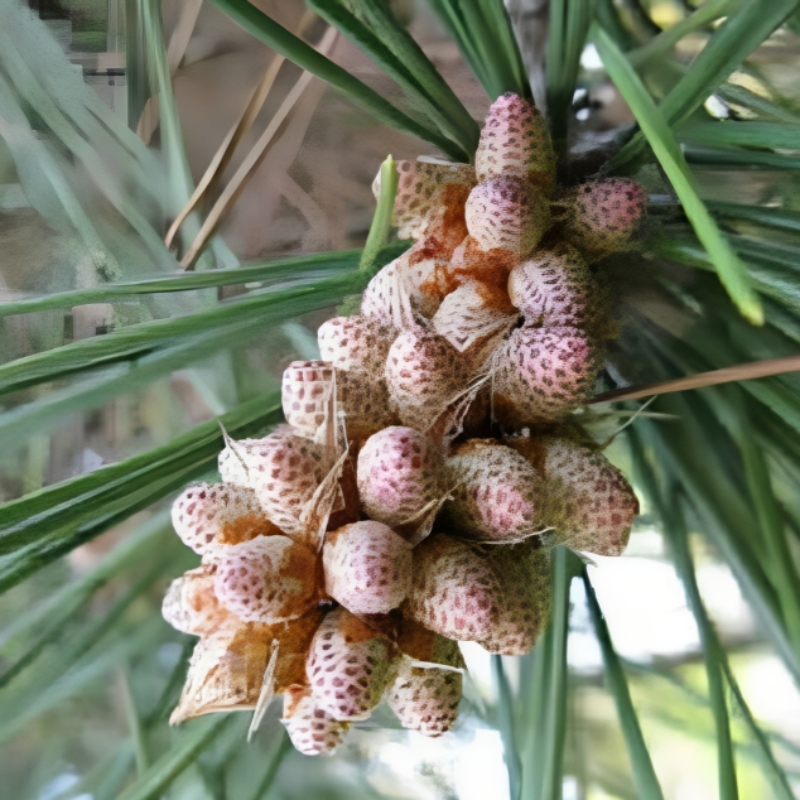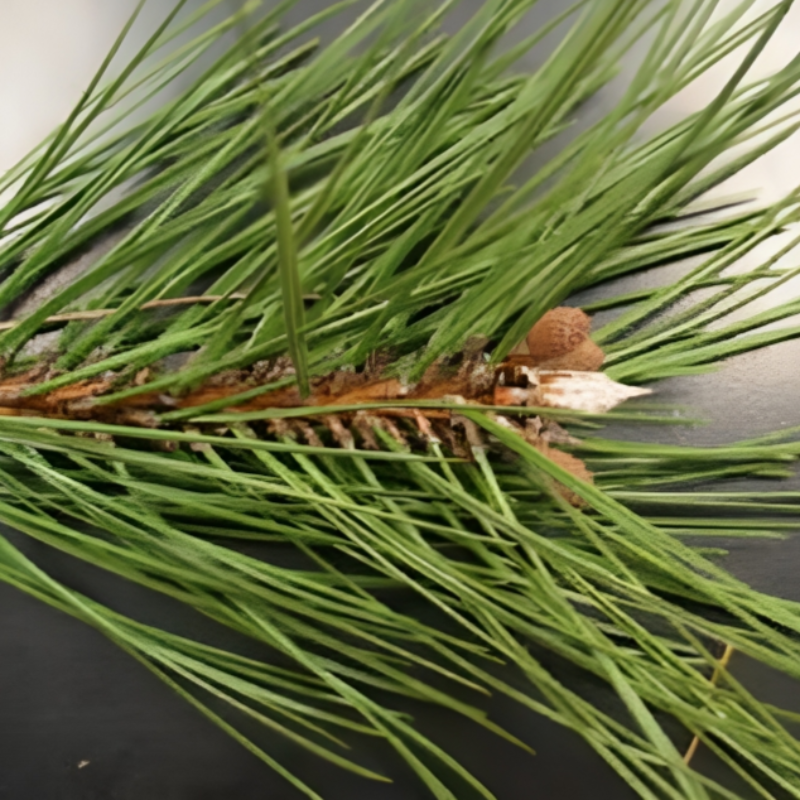- Historical context: The Japanese Pine, also known as Pinus thunbergii or Japanese Black Pine, is a native tree of coastal Japan and South Korea. It has been cultivated for centuries and is often used in traditional Japanese gardens and bonsai.
- Geographical origination: The Japanese Pine originates from Japan and South Korea.
- Relevant cultural significance: In Japan, this tree is often associated with the New Year and is used in a traditional decoration called Kadomatsu.
- Time period of discovery: The exact time period of discovery is not clear, but it has been part of Japanese culture for centuries.
- Original habitat: The Japanese Pine is native to coastal areas and can withstand salty winds, making it a popular choice for coastal landscaping.
- Notable historical uses: Historically, the Japanese Pine has been used for timber and charcoal. It is also a popular choice for bonsai due to its rugged form and irregular shape.
- Ideal temperature range: The Japanese Pine can tolerate a wide range of temperatures, but it thrives in temperate climates.
- Soil type: It prefers sandy, well-drained soils and can tolerate poor soil conditions.
- Sunlight requirements: This tree requires full sun to grow properly.
- Watering needs: It has moderate watering needs, but it is drought-tolerant once established.
- Planting season: The best time to plant Japanese Pine seeds is in the spring.
- Germination time: The seeds typically germinate in 1-3 months.
- Growth cycle duration: The Japanese Pine is a slow-growing tree, reaching maturity in 20-30 years.
- Common pests and diseases: Common pests include pine sawfly and pine shoot beetle. Diseases include pine wilt and root rot.
- Companion planting advice: Japanese Pine can be planted with other drought-tolerant plants like juniper and holly.
- Common challenges and solutions: One common challenge is maintaining the tree's shape. Regular pruning can help maintain its form.
- Nutritional values: While the seeds are not typically consumed, the pine needles are sometimes used to make a tea that is rich in Vitamin C.
- Health benefits: The tea made from pine needles is believed to have antioxidant properties.
- Culinary uses: The pine needles are sometimes used to flavor dishes in Japanese cuisine.
- Medicinal uses: In traditional medicine, the pine needles are used to treat conditions like respiratory infections and skin diseases.
- Other unique advantages: The Japanese Pine is a popular choice for landscaping due to its rugged form and ability to withstand harsh coastal conditions.






